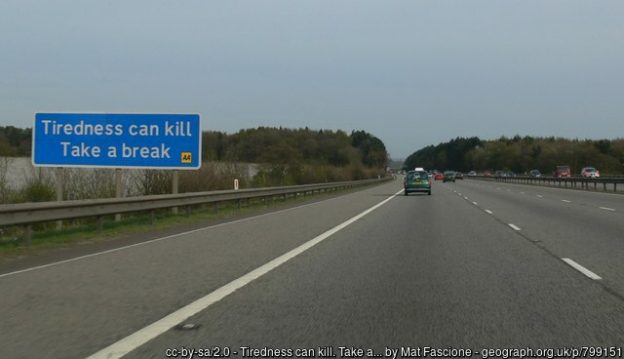It’s been a while since I noted a medieval death story. This one (JUST 2/59 m. 3; AALT IMG 0009), coming from a Leicestershire coroner’s Inquest at Wythcok on Friday 23rd March, 1386, has just one small point which captured my attention – and no, it was not even the rude-punnable location of the death. (FYI the deathplace seems now to be known as ‘Withcote’ – much less snigger-worthy …). The thing which drew me in was to do with what the entry shows about medieval popular understanding of science.
The entry tells it like this …
John Ludon of Wythcok, whose body was being viewed, had come a cropper in the fields of Wythcok, the previous day, at around the ninth hour of the day. Evidently he was out in a storm, and had the extreme bad luck to be hit by lightning. Or that is how we would see it. The entry, however, says that what hit him was a ‘thondurclapp’. I have undoubtedly gone on about how I like it when the usual Latin of these records breaks down and the writer reaches, instead, for a more earthy English word or expression. There is all sorts of very learned discussion of ‘code-switching’ in literature, and the trilinguality of the common law, but sometimes, it just feels as if the clerk did not know the right word in the more professionally exclusive languages. This one also gives us a little glimpse into ideas about how storms worked. John is hit in the arm by the thunderclap itself. I am not sure I have any grand conclusion on the basis of this – and certainly the idea that it was lightning and not thunder which hit people was known in classical antiquity – but, still, it is an interesting way of putting it. And another tiny snippet – the result of the ‘hit’ by the thunder-clap was an ictus (blow/wound) on John’s arm, and it was from this that John immediately died. Unlike the possible conclusion in classical antiquity (person hit by lightning is not to get proper religious burial, because such zappings were the will of the gods), however, John’s death was held to be a ‘misfortune’ or ‘accident’, and so he would have been fine to make his way into some consecrated Wythcok ground. A tiny bit of comfort then. I do wonder what medieval body-inspectors would have made of the characteristic scarring pattern found on (some) lightning strike victims, the Lichtenberg figure. That would probably have seemed pretty spooky, I would have thought.
GS
16/8/2023
Photo by Michał Mancewicz on Unsplash

